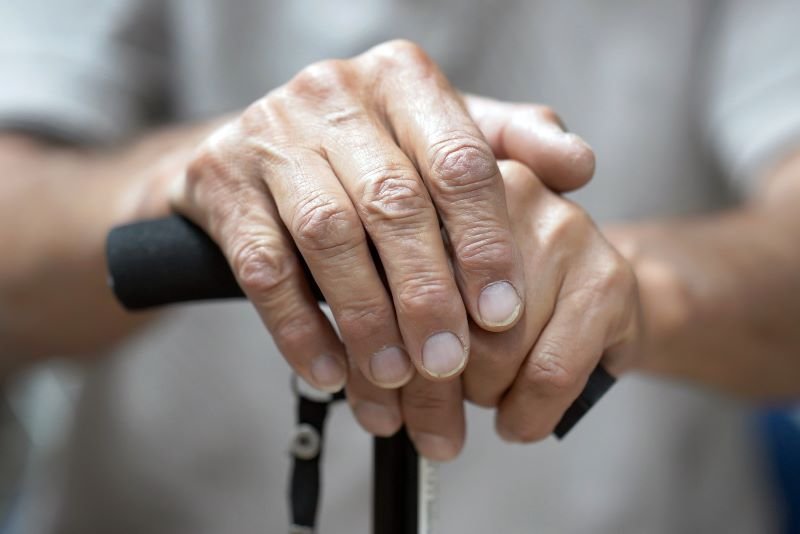Compared with mid and high SES, low SES was linked to increased absolute risk of 5.4 and 10.1 percent
By Elana Gotkine HealthDay Reporter
MONDAY, Nov. 13, 2023 (HealthDay News) — Stroke patients with low socioeconomic status (SES) have substantially increased risks for death and activities of daily living (ADL) dependency at three months after stroke, according to a study published online Nov. 8 in Neurology.
Anita Lindmark, Ph.D., from Umeå University in Sweden, and colleagues conducted a nationwide register-based cohort study including all 72 hospitals caring for patients with acute stroke in Sweden. The absolute risk for death and ADL dependency at three months was examined depending on SES in a causal mediation analysis.
The researchers found that 26.3 percent of the 25,846 patients in the study were dead or ADL-dependent at three months after stroke. Low SES was associated with increased absolute risks of 5.4 and 10.1 percent compared with mid and high SES, respectively, after adjustment for sex and age. Absolute reductions of 2.2 and 4.0 percent, respectively, would be seen by intervening to shift the distribution of all mediators (comorbidities, stroke severity, and acute care) to those of more privileged groups, with the largest reduction accomplished by equalizing stroke severity.
“Our research suggests that it could be possible to save 40 out of every 1,000 patients in the low socioeconomic group from dying or becoming dependent on others if we could equalize differences between socioeconomic groups,” Lindmark said in a statement. “Much of this reduction in risk for people with low socioeconomic status could be accomplished by interventions that could reduce stroke severity.”
Editorial (subscription or payment may be required)
Copyright © 2023 HealthDay. All rights reserved.

